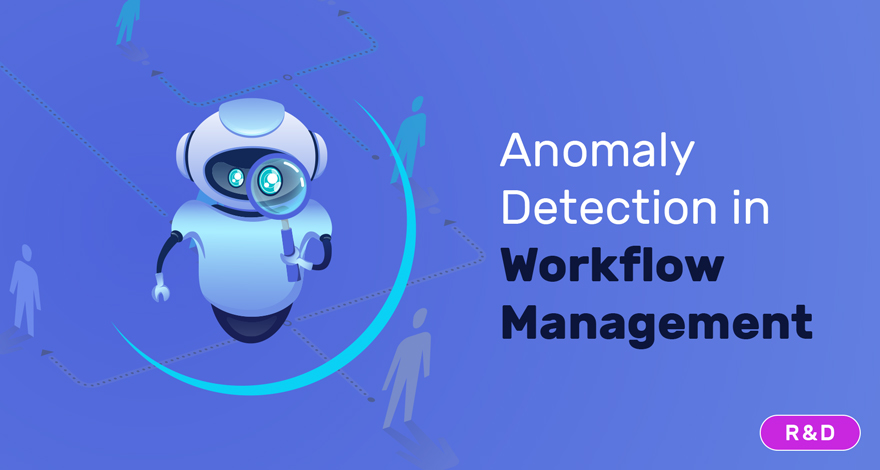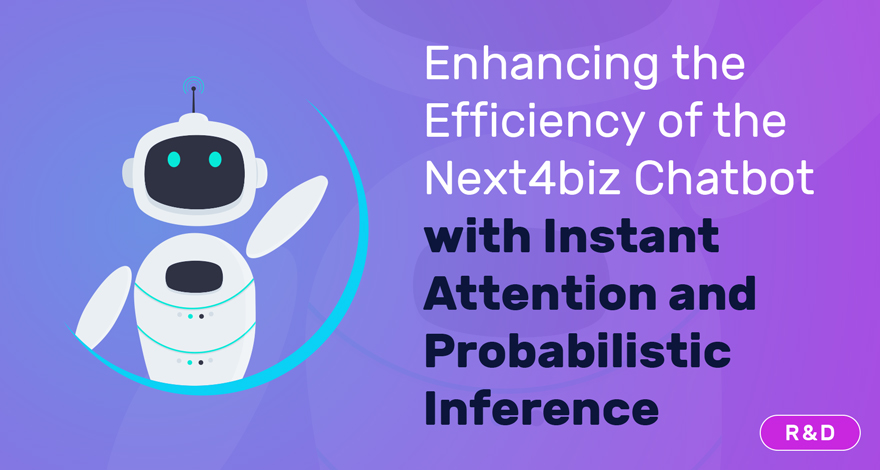
In today's fast-paced business world, ensuring consistent and high-quality service delivery is paramount. Service-Level Agreements, or SLAs, serve as the linchpin for establishing clear expectations and maintaining performance standards.
Latest Article





SLAs typically also,
The choice of SLIs utilized by a SLA depends on the industry and nature of the service. To exemplify, some SLIs frequently employed by call-centres are “percentage of calls abandoned while waiting to be answered”, “time taken to complete a certain task” and “average speed to answer”.
Historically, SLAs were first employed by telecom operators but are now used as the foundation of customer service management across many industries, from commercial technical support to government services.
SLAs are not only used for organisation-customer contracts but are also widely employed between different departments and/or locations within organisations to ensure uniformity of service quality.
Service level agreement report should address the following areas:
The execution of an SLA necessitates calculation of SLI values and comparison with SLOs to determine performance and follow-up actions accordingly.
The method of service-level calculation is dependent on selected SLIs. The following service level agreements examples for customer services demonstrates how service-level calculation may be approached.
Service Availability Ratio (SCR)
SCR is the ratio of time that a service is available in a given period.

To illustrate; if the service period used for calculations is a week and the time during which the service was unavailable is 4 hours then the calculation of this SLI is as follows.

Average Response Time (ART)
ART is the average time that elapses between a support request being created and the first documented action taken.

To illustrate, assuming that in a given hour the following 5 issues were recorded and responded to:
| Issue | Recorded | First action | Response time (min) | |
| Action | Time | |||
| Issue #765 | 10:02 | Forwarded to technical service | 10:04 | 2 |
| Issue #766 | 10:13 | Forwarded to finance | 10:17 | 4 |
| Issue #766 | 10:26 | Directly resolved | 10:27 | 1 |
| Issue #767 | 10:37 | Forwarded to finance | 10:39 | 2 |
| Issue #767 | 10:50 | Directly resolved | 10:52 | 2 |
Then we calculate ART as follows;

Average Resolution (Solution) Time (AST)
AST is a key indicator of how long customers should expect to wait for their issue to be resolved, and is an important parameter of customer experience. The calculation of this SLI, is similar to ART but with the time being calculated from issue recording to issue solution.

A lower AST, is of course desirable from the customer perspective, and indicates a higher performance level.
Customer Satisfaction Rating (CSR):
Customer satisfaction is an SLI. Customer satisfaction (CSAT) surveys present a practical way of measuring the degree to which customers are satisfied by the service they receive.
Previous examples of SLIs were based on statistics generated by customer service interactions. CSAT surveys exemplify a different approach in which customer sentiment is measured retrospectively.
CSAT surveys are typically administered after the resolution of an issue. Drilling-down into customer issues and their resolution in the light of responses to surveys sheds valuable light on the reasons of customer (dis)satisfaction.

Designing SLAs is a non-trivial task for all but the most simple service provision contracts between service providers and customers. One challenge is to determine suitable SLIs and associated SLOs. A significantly more challenging aspect is the measurement of realised service levels.
The ease with which SLA relevant statistics are generated and CSAT surveys conducted, is closely related to the capabilities of the CSM software in facilitating transparent and auditable customer service management/measurement.

Gürkan Platin, a graduate of Hacettepe University Management and Organization, worked as a manager in various positions at Mensan, Citibank, Garanti Bank and Credit Registration Bureau, respectively. Platin has been blogging since 1996 and his articles are published in various national and international publications.